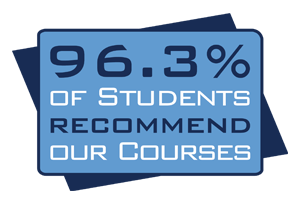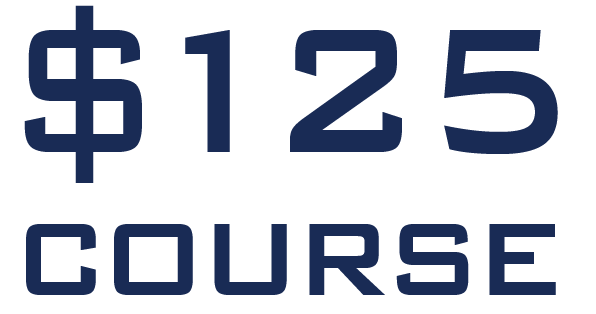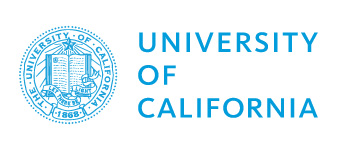A Student and Parent Guide On: how high school credits work
High school credits are the foundation of the educational journey and determine how far along a student is toward graduation. This guide explains how high school credits work, how they are calculated and special considerations for homeschoolers. By understanding these things students and parents can navigate the path to graduation and college application.
How High School Credits Work
High school credits are the blocks of secondary education and represent the completion of a specific course and academic progress toward graduation. One credit is typically 120-180 hours of instruction in one course over an academic year but this can vary by state and school district.
Students need to earn 20-24 credits to graduate with requirements spread across core subjects like English, math, science and social studies and electives to allow for personal interest courses. The credit system helps to standardize educational achievement and ensures students get comprehensive education across multiple subjects.
This also makes transcript evaluation easier when students transfer to another school or apply to college as credits are a universal measure of academic achievement. Schools award partial credits for semester courses, a full year course is one credit and a semester course is 0.5 credits, this allows for flexible scheduling and diverse course offerings that meet state requirements and student needs.

What is a High School Credit?
A high school credit represents the completion of a specific course of study and is a measure of academic achievement. But how do high school credits work in real life?
High school credits are earned as students complete courses, as they progress toward graduation. One credit is typically 120-180 hours of instruction time, that’s a full academic year of a subject.
At Silicon Valley High School (SVHS) like most accredited schools a semester course is 0.5 credits (5 credits in some systems), a full year course is 1.0 credits (10 credits). Earning the credits is key for students to graduate high school and get their high school diploma and open doors to future opportunities.
Knowing this system is key for students and parents to navigate the educational environment and make sure all requirements are met for graduation and future academic pursuits. This knowledge will help families succeed.
High School Credit Factors
Several factors determine the credit value of a course. The main one is instructional time which includes in-class hours and homework time.
Course difficulty and content also play a big role in credit determination whether it be core subjects like Math and English or courses like Physical Education and Fine Arts. Advanced Placement (AP) courses, honors classes and college level courses may carry more weight in grade point average but still count as one credit toward graduation requirements.
Knowing these factors will help students and parents make informed decisions on course selection and academic planning and have a balanced and effective education that meets all requirements for success.
How to Calculate High School Credits
Calculating high school credits requires a step by step approach to ensure accuracy and completeness. Students often ask how many credits do I need to graduate?
Start by making a list of all high school courses you have taken including those taken through online programs like SVHS’s Supplemental Program. For each course, note if it was a full year or semester course and assign the corresponding course credit.
Knowing how each course credit counts towards graduation requirements is key. Then organize courses by subject and add up the credits in each.
Compare these totals to your school or state’s graduation requirements to see what’s missing. This will ensure students are on track to meet all requirements to graduate high school and start planning for college.
By keeping records accurate and reviewing progress regularly, students and parents can stay on track.
How Credits are Determined
Educational institutions use different methods to determine credits. The Carnegie Unit system used in traditional schools bases credits on seat time—the number of hours high school students are in class.
Other methods include competency based approaches which focus on mastery of subject matter rather than time spent in class. This method is more relevant for online learning and homeschooling programs where students can progress at their own pace.
Knowing these methods will help students and parents choose the best approach for their educational needs and earn course credits efficiently.

Homeschoolers
Homeschoolers have special considerations when it comes to credit assignment. Without the structure of traditional classroom hours, parents and students must document learning activities and meet state requirements.
Many homeschoolers choose to follow the traditional credit system but take advantage of the flexibility to include alternative learning experiences. Many homeschoolers take advantage of dual enrollment programs and earn both high school and college credit at the same time.
Keeping detailed records of coursework including curriculum used, time spent on subjects and assessment methods will help validate credits when applying to colleges or transferring to traditional schools. This will ensure homeschoolers are well prepared for future academic and career success.
State and District Requirements and Variations
Credit requirements vary greatly from state to state and school district to school district so it’s important to know the local requirements. While most states require 20-24 credits for graduation, the distribution of those credits among subject areas can be very different.
Some states require specific courses or emphasize certain subjects more than others. In many public schools state requirements dictate both the number of credits and the specific courses needed for graduation.
High schools require students to meet certain requirements that may include specific electives or additional credits in areas like foreign language or Physical Education. Knowing these variations is especially important for students who may move between states or attend college in a different state from where they graduated high school.
By knowing state and school district requirements students and parents can transition smoothly to higher education or career opportunities.
Credits for Non-Traditional Activities
Many schools recognize the educational value of activities outside the traditional classroom. Internships, work experience, community service and independent study projects can earn credits when documented and aligned with educational objectives.
To earn credits for non-traditional activities students typically need to show clear learning outcomes and keep detailed records of their experiences. Online courses offer flexibility and a wide range of subjects so students can earn credits outside the traditional classroom.
This way students are recognized for their out of classroom efforts and have a well rounded education that prepares them for success.
How to Record and Track Credits
Keeping accurate records of earned credits is key to academic success. Create a detailed transcript with course names, grades, credit values and cumulative GPA.
Regular credit checks will help identify any shortfalls early so you can correct through additional coursework or summer school like those offered by SVHS. Credit recovery options like summer school or online courses can give students the chance to catch up on missed credits.
If students fall behind they can enroll in a credit recovery program to catch up and meet graduation requirements. Credit recovery is a tool for students who have fallen behind to stay on track for graduation.
At SVHS students have access to many credit recovery courses to make up credits they may have missed so they can stay on track for graduation. Credit recovery courses are often flexible and available so students can recover credits in subjects they struggled with.

Electives in High School
Electives are an important part of a well rounded education and allow students to explore their interests. While core subjects are the foundation of high school education, electives are for skill development, career exploration and personal growth.
When choosing electives consider both personal interests and practical benefits. Courses in Physical Education for example contribute to credit requirements and healthy lifestyles.
Electives like foreign language courses can fulfill college prerequisites and broaden cultural understanding. By choosing the right high school courses that align with their future goals students can enhance their education and prepare for higher education or the workforce.
School Counselors
School counselors are your guides in navigating credit requirements and academic paths. Regular meetings with a guidance counselor will help you stay on track and address any issues before they become problems.
By working with counselors you can make sure you’re on the right path to meet your academic and career goals and ultimately success in life.























